There was much to celebrate last year on the architecture front – the end of the pandemic brought the opening of long-delayed projects ranging from the Academy Museum of Motion Pictures in Hollywood to the Taipei Performing Arts Centre in Taiwan. But there was one construction project that stood head and shoulders above the rest in size and ambition, and that was the transport link formerly known as Crossrail.
The Taipei Centre may have been seven years late and the Academy Museum (now home to Judy Garland’s red slippers and R2D2, among other artefacts) more than a couple of decades in gestation, but that is nothing compared with London’s Elizabeth Line, which was first proposed in the 1940s. It got the ‘Crossrail’ moniker in a 1974 report, a first feasibility study happened in 1989 and, after an attempt to get it through parliament in 1991 failed, the Crossrail Act was finally given royal assent in 2008. Work began on the 73-mile route in 2009, and it was originally due to open in 2018. Given that Covid-19 happened along the way, four years late and about £4 billion over the original budget of £15 billion doesn’t actually sound that bad.
‘It’s designed to last 120 years, so we wanted it to be calm and use honest materials – there are no painted surfaces. And we wanted it to be soothing – people add the colour’
By the time the problematic Bond Street station opened at the end of October (an extraordinary £570 million over the budget of £110 million), ten new stations had been constructed, a further 31 had been upgraded, eight huge boring machines had cut 26 miles of new tunnels beneath the capital, capable of taking 250 million passengers a year, and 250,000 pre-cast concrete segments had been slotted into place. The line opened to passengers a year ago, on 24 May, but only this month has its full timetable come into operation, with all routes up and running and 24 trains per hour through its central tunnels during the peak hours. As an engineering megaproject alone, it surely surpasses almost all of what has been built in the UK and most of Europe in recent years, with the possible exception of the Channel Tunnel.
But while the raw statistics are impressive, the project has also won plaudits for the quality of its architecture – the sweeping curves and pale concrete cladding have wowed critics and the public alike and have a retro-futuristic look that wouldn’t seem out of place in a Stanley Kubrick movie. As a gentleman called Andy Byford put it: ‘It is the most spectacular, most beautiful railway in the world.’ He might have been expected to say that, given he was London’s Transport Commissioner at the time, but it doesn’t mean he was wrong.
Yet bizarrely, the sort of joined-up thinking required to give the Elizabeth Line its distinct aesthetic and identity nearly didn’t happen. As Julian Robinson, the former head of architecture at Transport for London, tells me: ‘The contract for Grimshaw [the architects responsible for the line-wide design of platforms and concourses] was initially just going to be for common components like platform signs. It was then expanded as it became clear that the Elizabeth Line was going to be something entirely different – i.e. not part of the DLR or the Underground – and that we wanted to give it its own character.

‘We had this idea that we wanted to turn into an architectural language: that it would be a consistent design at the platform level but that as you went from the train to the street that identity would get weaker and you’d get more variety and more geographical character that reflected the different parts of London. And a key part of what we were trying to achieve, of course, was a better passenger experience: that it should be smooth and efficient, with clarity of information, and that we would remove the clutter.’
However, if there is one criticism that has been levelled at the design – perhaps hoist by its own petard precisely because it’s so uncluttered – it’s that it borders on ‘greige’ thanks to all its dimpled concrete caverns and clean vistas. That was the word used in the Evening Standard, certainly. But Robinson, 55, who has now left TfL to consult on a range of international projects, not least Melbourne’s metro – ‘change does you good’, he says – rejects this outright.
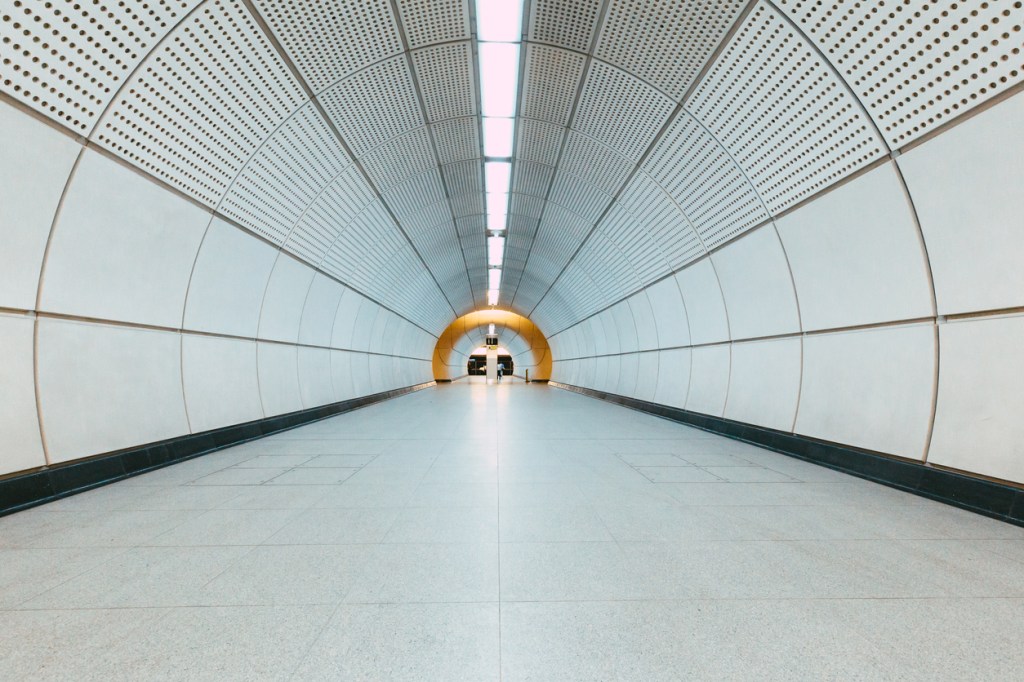
‘Look, it’s designed to last 120 years, so we wanted it to be calm and use honest materials – there are no painted surfaces. And we wanted it to be soothing – people add the colour. As does the advertising. And to a certain extent it was intentional as it allows the signage to stand out.
And there is another advantage to the sinuous interchange of platforms and concourses: it helps with security. ‘It was a key part of the process and we did a lot of testing. We had a terrorism expert come in and had to prove everything that was going in was appropriate to the environment and took into account the history of attacks. The lack of sharp corners aids flow and visibility, but while health and safety have to be of prime concern we’re designing stations for people to use, not bunkers. We tried to be proportionate.’
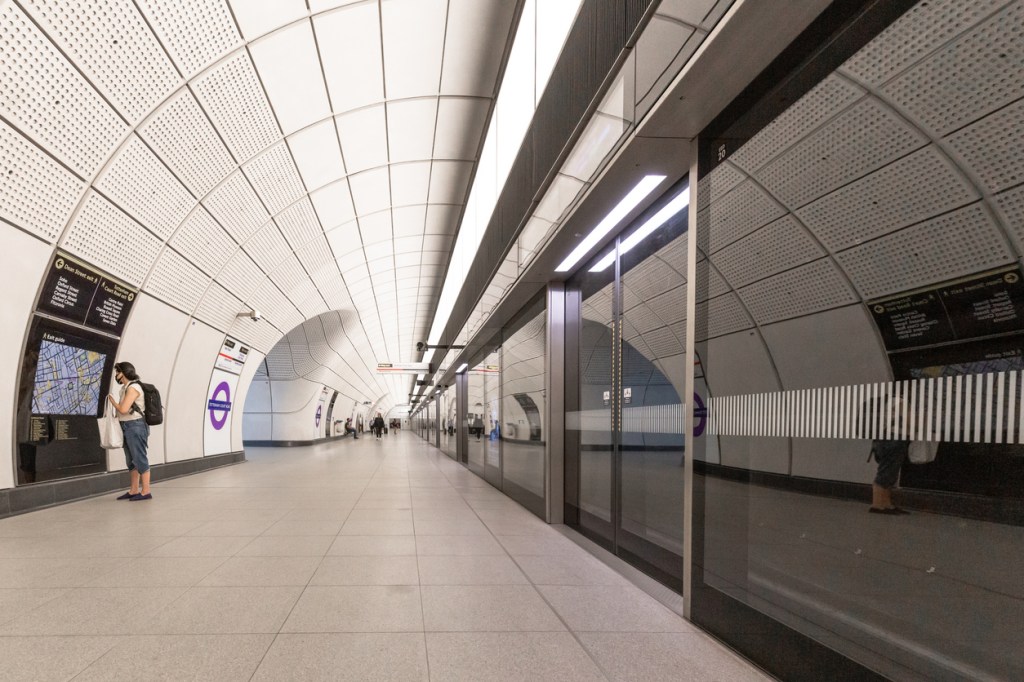
In the pantheon of London’s great urban improvements, the project is often compared with the Jubilee Line extension of the late 1990s, which created or expanded 11 stations from Green Park to Stratford, and which it most resembles in terms of architecture and ambition. This is not surprising, as many of the key people behind the Elizabeth Line cut their teeth on the Jubilee Line extension – not least Robinson, who worked under Roland Paoletti, the commissioner of the new Jubilee stations and a man the Architectural Review once called ‘the Medici of London transport’. The key difference is that the Jubilee Line handed entire stations to individual architects, who produced very distinctive results – think how Foster & Partners’ elegant Canary Wharf station, opened in 1999 (and which was even used for filming the Star Wars movie Rogue One, so futuristic does it look) compares with the unabashed brutalism of Westminster by Hopkins – whereas the Elizabeth Line really only lets them loose on the upper levels. Did that not cause issues where the different teams met?
‘It was my job to orchestrate it and help them do what they do what they do best,’ Robinson says diplomatically. And then he adds with a smile: ‘It was like herding a bag of cats. We had regular group meetings and it’s fair to say there were some robust discussions, but I think we’ve all remained friends.
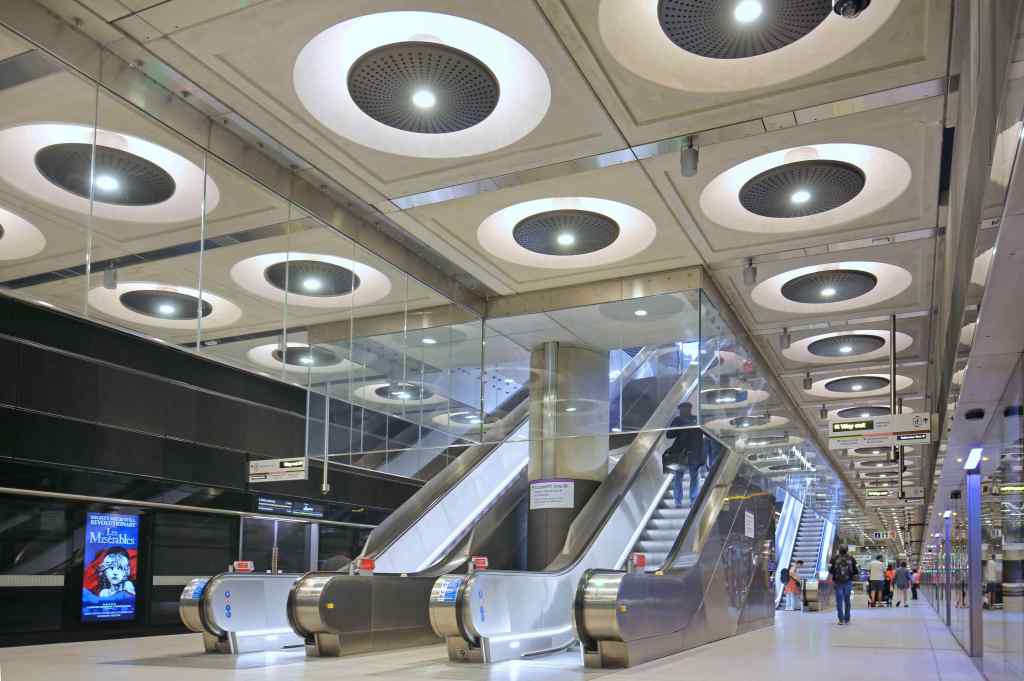
‘The [difference with the Jubilee Line is] the Elizabeth network is essentially one architectural space but there’s an architect responsible for each station. There’s a junction between the two but it’s not a hard stop. We have more distinctive ticket halls, for example, that nod to area they’re in. I worked on the Jubilee Line extension, as did lots of the people involved, and it developed from our experiences – the philosophy grew from experience and we felt this was right way to go. The Jubilee Line also had common components, but we just expanded that.’
The list of architects involved reads like a who’s who of the modern British profession: Liverpool Street was given a folded concrete ceiling by WilkinsonEyre; Weston Williamson introduced a 120-metre glass skylight at Paddington and regimental colours at Woolwich; John McAslan created a grand colonnade at Bond Street; Fosters went back to Canary Wharf again, with a four-story latticed tube set above a dock; and Fereday Pollard at Abbey Wood went a bit rogue by using timber for a huge, spreading canopy. It’s fair to say that some are more successful than others, with the urine-yellow escalators at Canary Wharf introducing a hint of glaucoma to an otherwise successful design. So does he have a favourite?
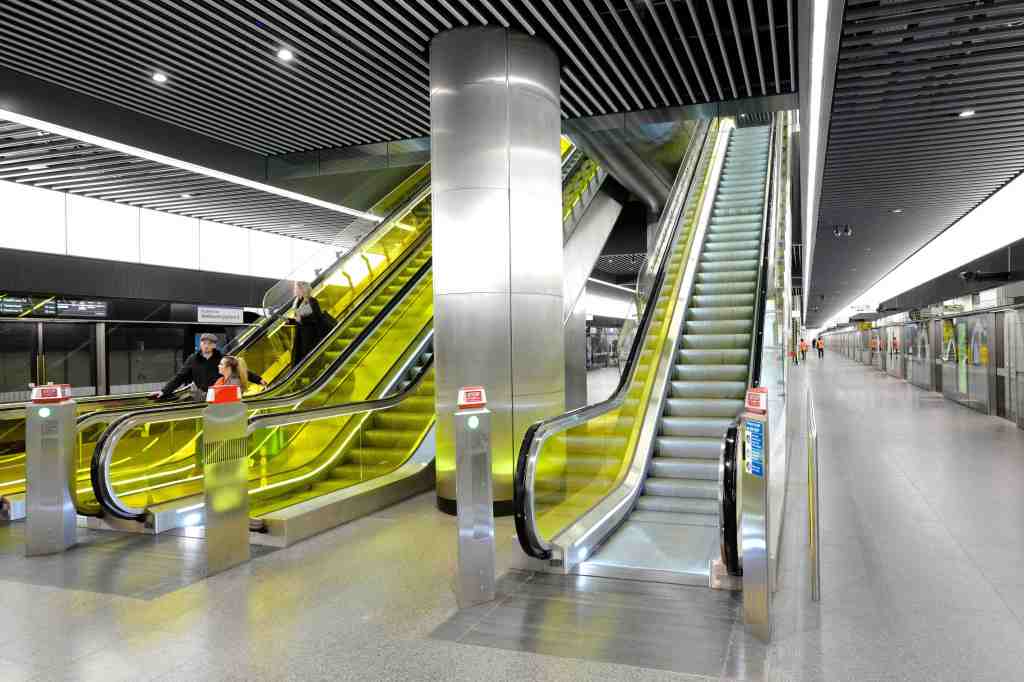
‘It’s like being asked to choose your favourite child,’ he jokes. ‘At Woolwich, I really like the roof lights. Then there’s the masonry at Paddington and Woolwich, and the folded ceilings at Liverpool Street. The most complex was Whitechapel, with a bridge over the Overground and an extremely constrained site to work on. Custom House looks like a simple station but the whole thing is prefab and built on narrow site with overhead cables. And here was a lot of effort went into the arrangement of the platform-edge screening system across the line – it’s very complex technically. There are bits everywhere to like!’
So far, so diplomatic. What about his least favourite, then? How about Bond Street – which was delayed by months if not years, and which opened later than the other stations? ‘I’m not going to go into Bond Street,’ he replies firmly. ‘With experience there are things I would do differently – but things happened rapidly even over the course of a decade. We did lot of prototyping and testing but once you get going your ability to change something narrows – once the ball’s rolling then it’s rolling.
‘But I’m proud of the legacy. There’s very little civic architecture, these days, but lots of stuff that is very private. I’m hoping what it leaves is the next generation of stations as civic space for everyone to use and enjoy: that it’s efficient but also just nice. Though, of course, it will be for others to decide if we’ve succeeded.’
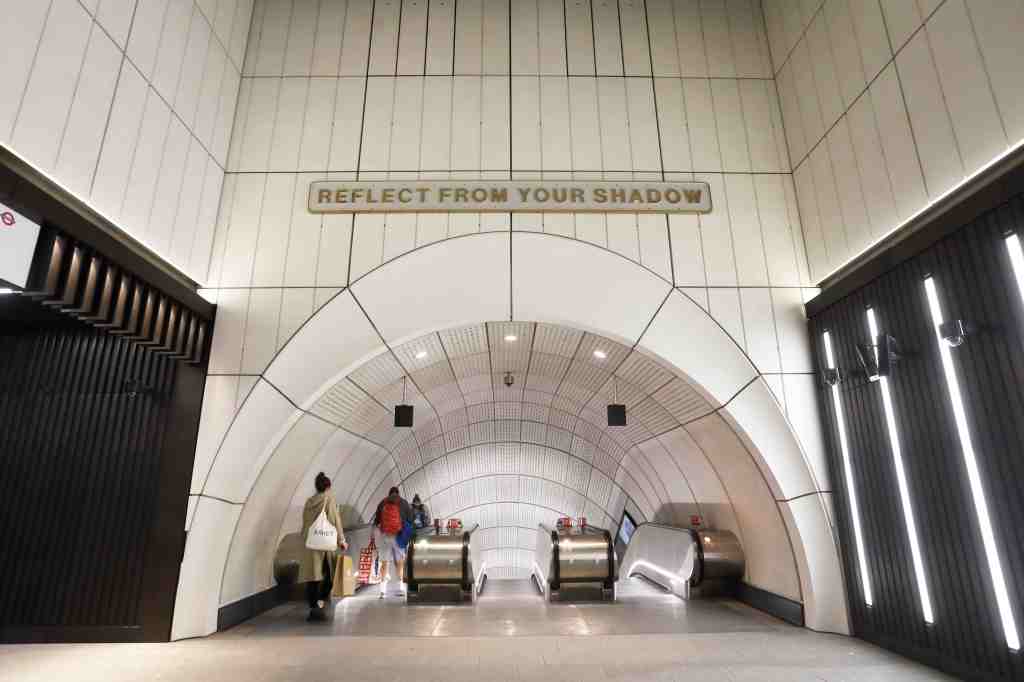
So far the omens look good – not least because the Elizabeth Line is already the busiest rail route in the country. By December last year, the 200 metre-long trains, each capable of carrying 1,500 people, had been used for 70 million journeys, 20 million more than expected. The line is used for about 600,000 trips each weekday, including about 140,000 journeys that would not have been made by rail had the line not existed. And only last week did it start running at full capacity.
In fact, it’s already proving so popular that there’s serious talk of Crossrail 2 – another line linking Surrey to Hertfordshire via Seven Sisters and Clapham Junction – although it too has been discussed, more or less vaguely, since the 1970s. It has been optimistically costed at £33 billion. Would Robinson return if it got the green light?
‘I’d be interested in looking at it – I would be a liar if I said no,’ he replies after a moment’s consideration. ‘If nothing else it would be useful for knowledge transfer and a chance to do certain things differently.’
That’s a yes, then? ‘It’s a maybe. I wasn’t sure I would survive Crossrail 1!’

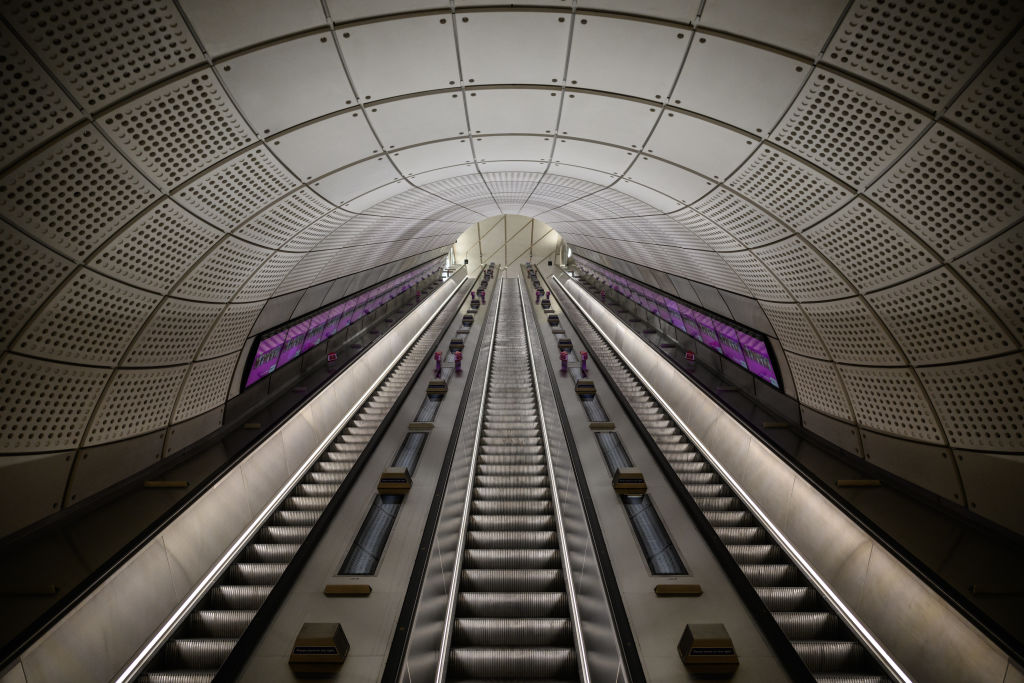




Comments